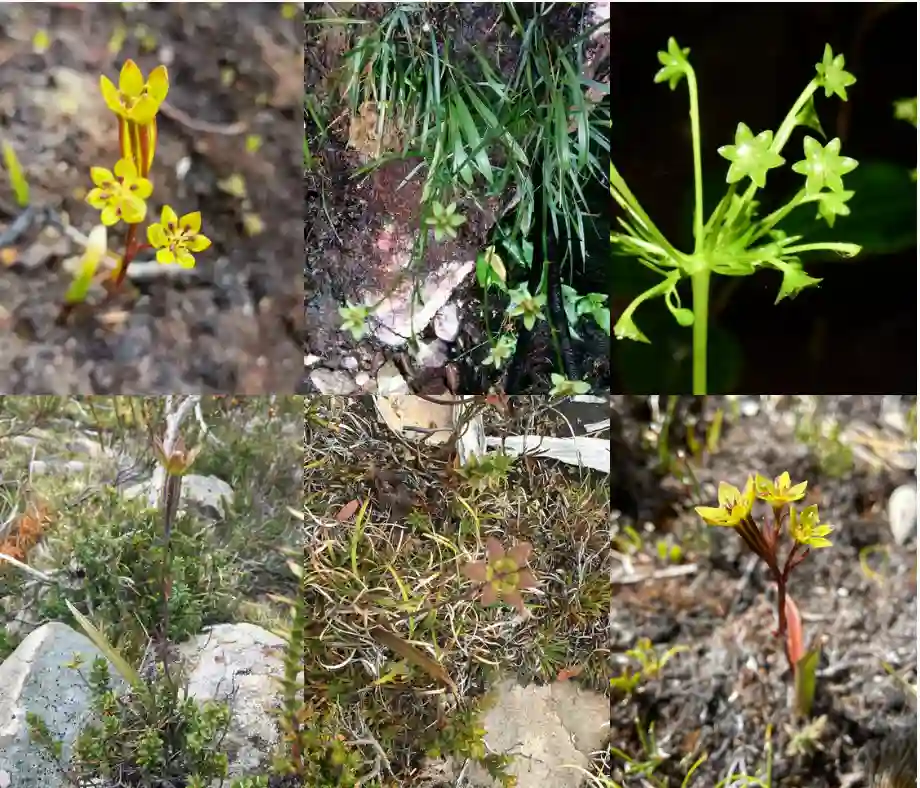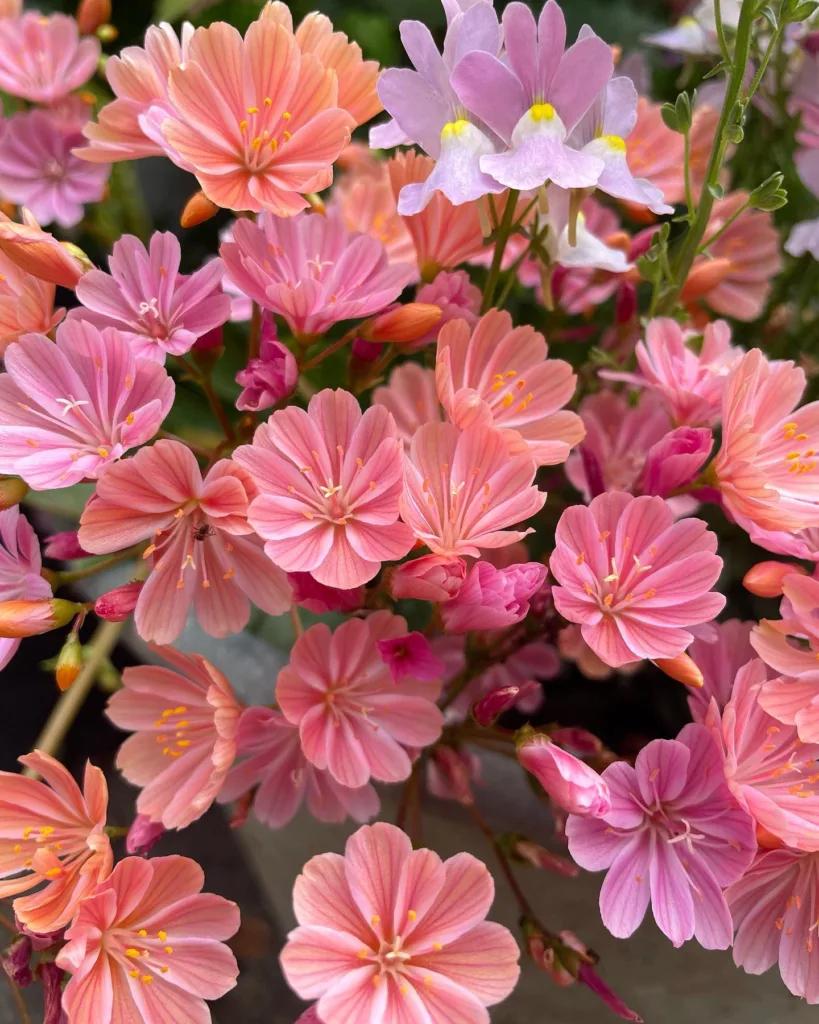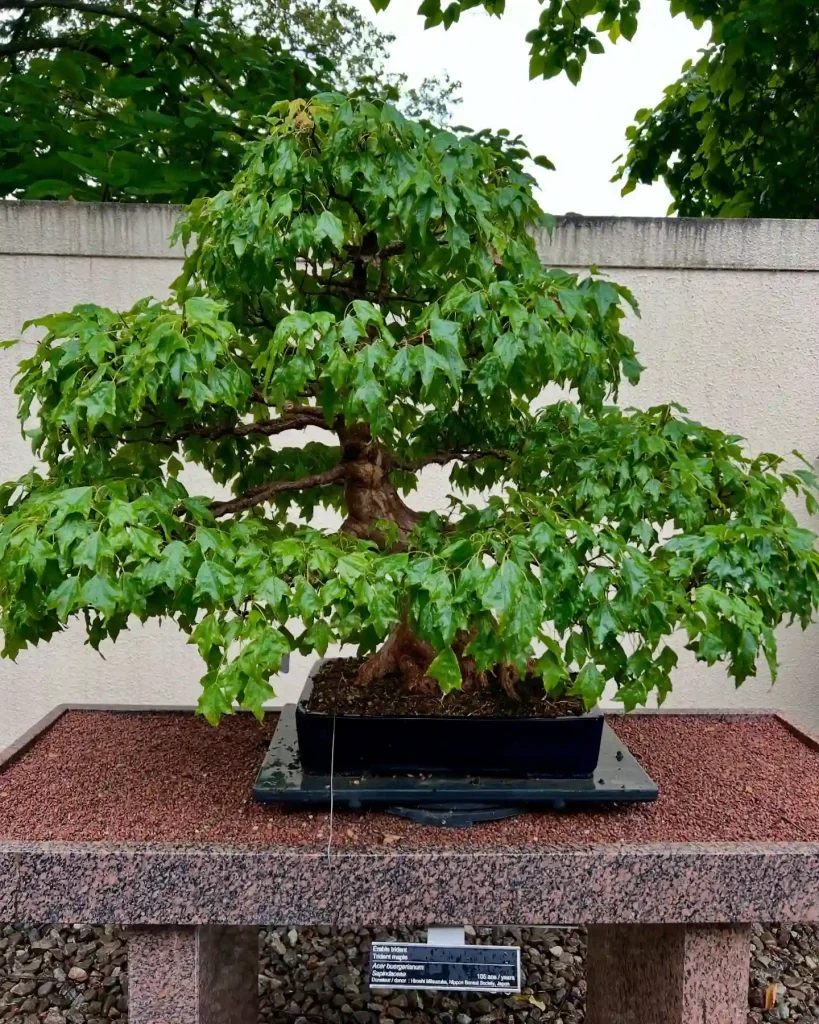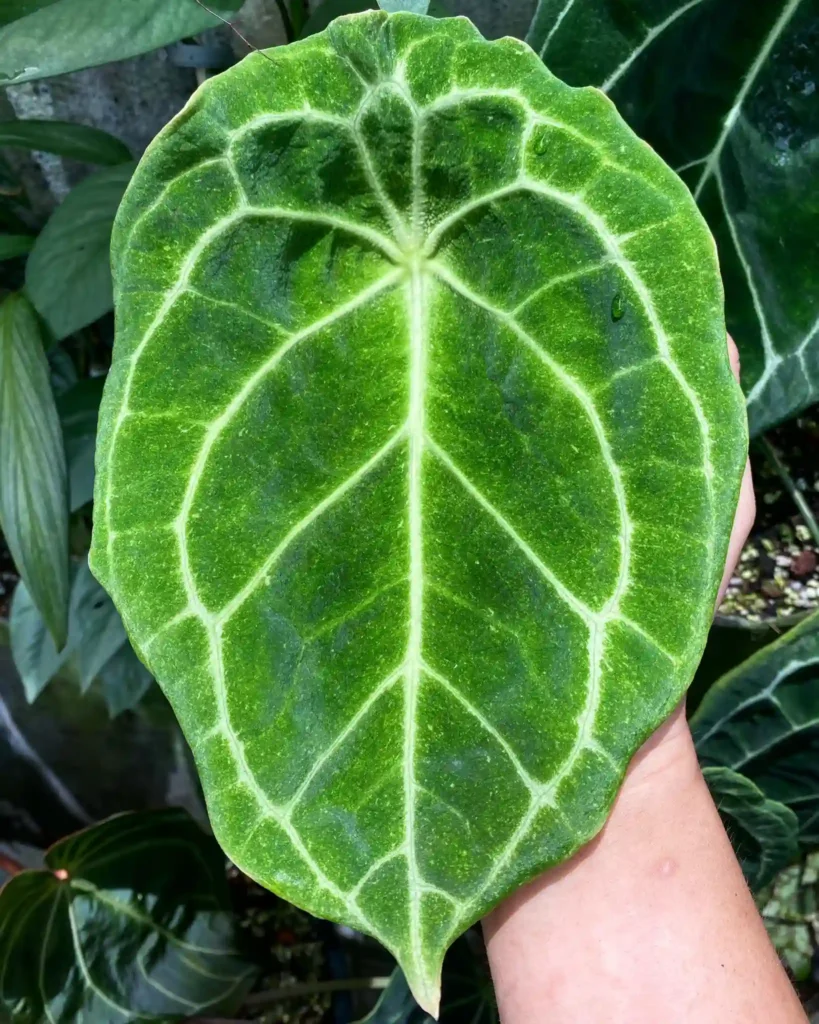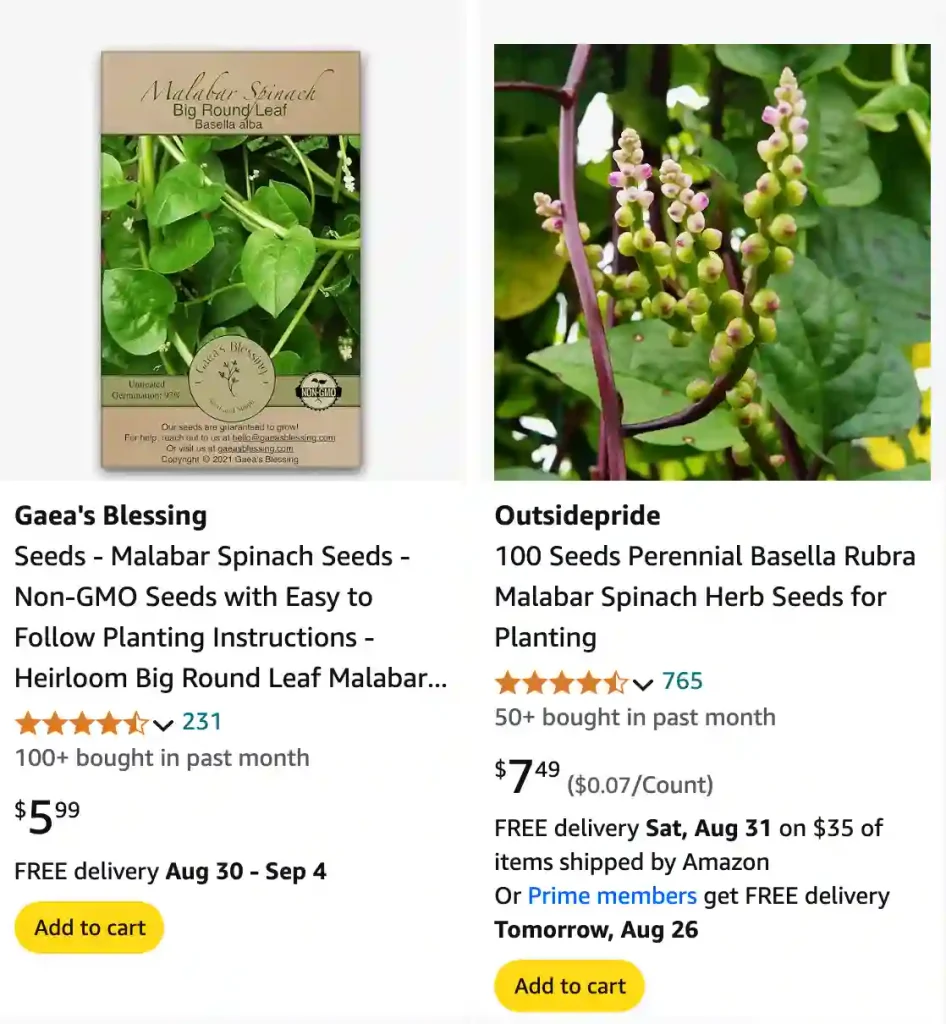
FAQs About Malabar Spinach
Malabar Spinach is an intriguing and versatile green that often piques curiosity. I’ve spent a lot of time experimenting with it in my garden and kitchen, so I’m excited to share some insights on this fantastic plant. Whether you’re considering growing it or just curious about its culinary uses, here’s everything you need to know.
What is Malabar Spinach?
Malabar Spinach, also known as Basella Alba, is a tropical leafy green that’s native to Asia and Africa. Despite its name, it’s not related to traditional spinach but is a member of the Basellaceae family. It’s valued for its succulent, heart-shaped leaves and its ability to thrive in warm climates.
Plant Family: 4 Genera in Basellaceae
How to Grow Malabar Spinach?
Growing Malabar Spinach can be quite rewarding. This plant thrives in warm weather and is quite adaptable. Here’s how to get started:
- Planting: Malabar Spinach prefers full sun, although it can tolerate some shade. Choose a well-draining soil and plant seeds or seedlings after the last frost.
- Containers: Yes, you can grow Malabar Spinach in a pot! Just ensure the container has adequate drainage and is large enough to accommodate the plant’s vigorous growth.
- Germination: To germinate Malabar Spinach seeds, soak them in water for 24 hours before planting. Sow them about 1 inch deep in the soil. Germination usually takes 2-3 weeks.
- Care: The plant is quite hardy but benefits from regular watering and occasional feeding with a balanced fertilizer.
How to Harvest Malabar Spinach?
Harvesting Malabar Spinach is straightforward. The leaves can be picked when they’re young and tender, usually around 4-6 weeks after planting. Regular harvesting encourages new growth and keeps the plant productive.
How to Prepare Malabar Spinach?
Preparing Malabar Spinach is similar to other leafy greens. Here’s a simple method:
- Cleaning: Rinse the leaves thoroughly to remove any dirt or insects.
- Cooking: Malabar Spinach can be used in various dishes. You can sauté it, add it to soups, or use it in salads. Cooking can help reduce the plant’s slight mucilaginous texture.
- Raw Use: Yes, you can eat Malabar Spinach raw. Just ensure the leaves are young and tender for the best flavor.
How to Cook Malabar Spinach?
Cooking Malabar Spinach is easy. It can be sautéed with garlic and olive oil, added to soups, or blended into smoothies. It’s quite versatile, so don’t be afraid to experiment!
How to Eat Malabar Spinach?
Malabar Spinach can be used much like other leafy greens. It can be added to salads, soups, stews, or even used as a wrap for various fillings.
Are Malabar Spinach Berries Edible?
The berries of the Malabar Spinach plant are not typically consumed. They are edible but have a mucilaginous texture and are not commonly eaten.
Are Malabar Spinach Berries Poisonous?
The berries are not considered poisonous, but they are generally not eaten due to their texture and taste.
Can Chickens Eat Malabar Spinach?
Yes, chickens can eat Malabar Spinach. It’s a nutritious treat that they will likely enjoy.
Can Dogs Eat Malabar Spinach?
While Malabar Spinach is not toxic to dogs, it’s best to avoid feeding it to them regularly. Stick to dog-specific treats and foods.
Can Rabbits Eat Malabar Spinach?
Rabbits can eat Malabar Spinach in moderation. Ensure it is fresh and free from pesticides or other chemicals.
Can You Freeze Malabar Spinach?
Yes, you can freeze Malabar Spinach. Blanch the leaves first to preserve their texture and flavor.
Does Malabar Spinach Need Full Sun?
Malabar Spinach thrives in full sun but can tolerate partial shade. It requires at least 6 hours of direct sunlight daily.
How Long Does Malabar Spinach Take to Grow?
Malabar Spinach grows fairly quickly, usually reaching harvestable size in about 6-8 weeks.
How to Collect Malabar Spinach Seeds
To collect seeds, allow some of the berries to mature on the plant. Once they are fully ripe, they will turn dark and begin to split open. Harvest the seeds and store them in a cool, dry place.
How to Germinate Malabar Spinach Seeds
Soak the seeds in water for 24 hours before planting. Then, sow them in well-draining soil, about 1 inch deep. Keep the soil moist and warm to encourage germination.
How to Grow Malabar Spinach in a Pot
Growing Malabar Spinach in a pot is quite feasible. Use a large pot with good drainage, fill it with quality potting soil, and plant your seeds or seedlings. Ensure the pot receives plenty of sunlight.
Is Malabar Spinach a Nightshade?
No, Malabar Spinach is not a nightshade. It belongs to its own family, the Basellaceae.
Is Malabar Spinach a Perennial?
In tropical climates, Malabar Spinach is perennial. In colder regions, it is usually grown as an annual.
Is Malabar Spinach Healthy?
Yes, Malabar Spinach is quite healthy. It’s rich in vitamins A and C, calcium, and iron. It also has antioxidant properties.
Is Malabar Spinach High in Uric Acid?
Malabar Spinach is not particularly high in uric acid. It is generally considered a good option for those managing uric acid levels.
Is Malabar Spinach Invasive?
Malabar Spinach can be invasive in warm climates where it grows easily and can spread quickly. Monitor it closely and manage its growth to prevent it from overtaking other plants.
Malabar Spinach vs Spinach
While both are nutritious, Malabar Spinach has a different texture and flavor profile compared to traditional spinach. Malabar Spinach has a more succulent, slightly mucilaginous texture, while spinach is more crisp and mild.
Malabar Spinach vs New Zealand Spinach
Malabar Spinach and New Zealand Spinach are both heat-tolerant greens, but they come from different families. New Zealand Spinach is more tolerant of dry conditions and has a slightly different flavor and texture compared to Malabar Spinach.
Common Problems and Solutions
Pests: Watch out for pests like aphids and spider mites. Regularly inspect your plants and treat them with insecticidal soap if needed.
Diseases: Malabar Spinach can be susceptible to fungal diseases. Ensure good air circulation around the plant and avoid overhead watering to prevent fungal issues.
Malabar Spinach is a fantastic plant with diverse uses in the kitchen and garden. With the right care, it can be a productive and tasty addition to your green space.
If i die, water my plants!
